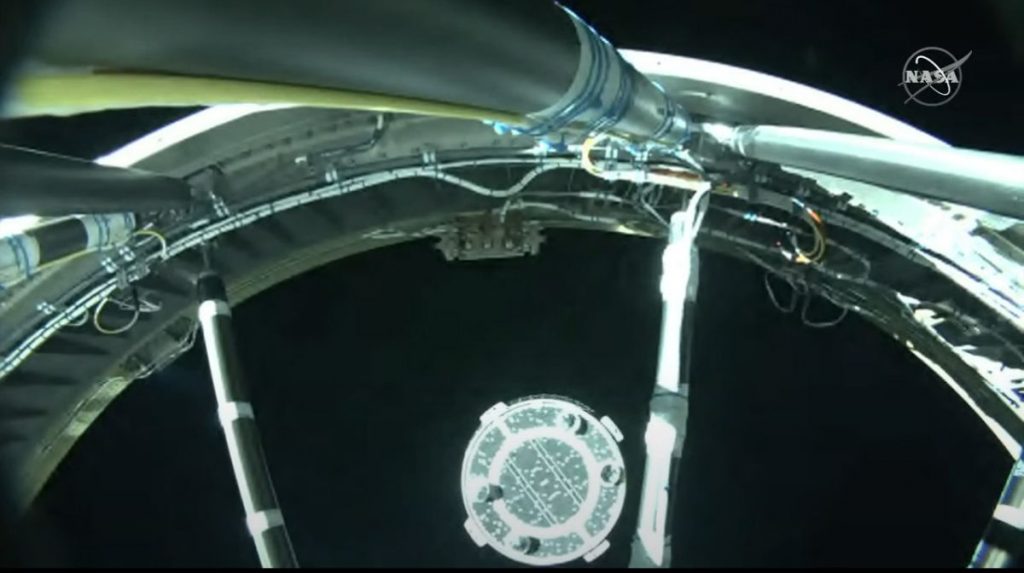Boeing’s Starliner capsule is scheduled to dock with the International Space Station (ISS) for the first time ever on Friday evening (May 20), and you can watch the milestone moment live.
Starliner lifted off atop a United Launch Alliance Atlas V rocket Thursday evening (May 19), kicking off a crucial uncrewed mission to the ISS called Orbital Flight Test 2 (OFT-2). The Starliner capsule is scheduled to arrive at the orbiting lab on Friday at around 7:10 p.m. EDT (2310).
You can watch the action live here at Space.com, courtesy of NASA TV, or directly via the space agency. Coverage begins at 3:30 p.m. EDT (1930 GMT).
Live updates: Boeing Starliner Orbital Flight Test 2 mission to ISS
Related: Boeing’s Starliner OFT-2 test flight for NASA in amazing photos
Yes, that’s a lot of leadup air time, but this docking attempt is a very big deal for both Boeing and NASA. OFT-2 is designed to show that Starliner is ready to carry astronauts to and from the orbiting lab for the space agency, and it’s the capsule’s second bite at that apple.
“We’ve learned a lot about the capability of our spacecraft and the resilience of our team since the first Starliner launch,” Mark Nappi, the vice president and program manager for Boeing’s Commercial Crew Program, said in a statement. “We still have a lot of operational testing ahead as we prepare to rendezvous with the space station, but we’re ready to demonstrate the system we’ve worked so hard on is capable of carrying astronauts to space.”
Just reaching the intended orbit with Starliner is an achievement for Boeing.
The original OFT, which launched in December 2019, ended prematurely after Starliner suffered a series of software glitches and got stranded in an orbit too low to allow an ISS rendezvous. And OFT-2 was originally supposed to lift off last summer, but prelaunch checks revealed that 13 of the 24 oxidizer valves in Starliner’s propulsion system were stuck. It took about eight months to identify the cause of the problem and remedy it.
OFT-2 has not gone perfectly smoothly so far, either. One of Starliner’s thrusters malfunctioned during its critical orbital insertion burn 31 minutes after liftoff, NASA and Boeing officials said during a post-launch news conference on Thursday night.
That thruster’s backup fired up to compensate but failed before completing the burn. A tertiary backup thruster then kicked on, and Starliner was able to get into the right orbit for an ISS rendezvous. That backup-to-a-backup thruster also performed well during a subsequent Starliner engine burn on Thursday night, NASA officials said.
“The system is designed to be redundant, and it performed like it was supposed to. Now the team is working the ‘why’ as to why we had those anomalies occur,” Nappi said during the news conference.
Mike Wall is the author of “Out There” (Grand Central Publishing, 2018; illustrated by Karl Tate), a book about the search for alien life. Follow him on Twitter @michaeldwall. Follow us on Twitter @Spacedotcom or on Facebook.

